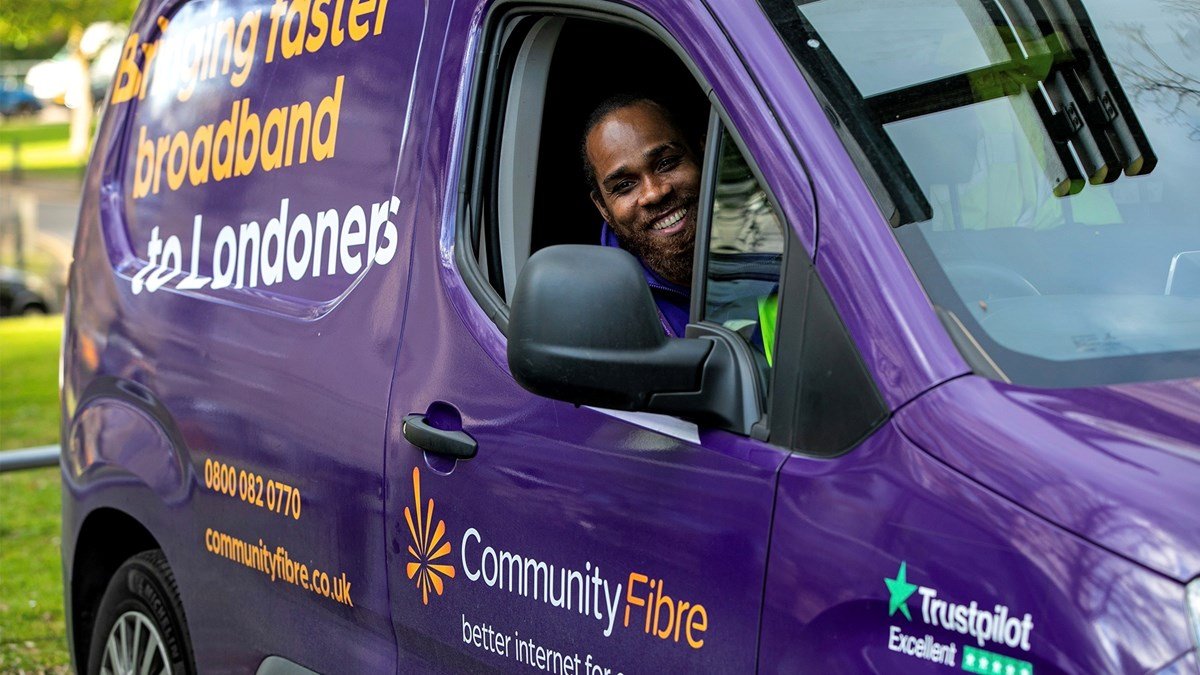“The Power of Community: How Fiber Optic Networks are Revolutionizing Connectivity”

Introduction:
In today’s digital age, connectivity is more important than ever. With the rise of online communication, social media, and streaming services, it’s essential to have a reliable and fast internet connection. Fiber optic networks have emerged as a game-changer in this regard, offering lightning-fast speeds and unparalleled reliability. But what sets fiber optic networks apart is their ability to foster a sense of community, bringing people together and promoting social cohesion. In this blog, we’ll explore the power of community fiber and how it’s revolutionizing connectivity.
What is Community Fiber?
Community fiber refers to a type of fiber optic network that is owned and operated by the community itself. This approach allows for a decentralized and community-driven approach to internet connectivity, where local residents have a say in the design, deployment, and maintenance of the network. Community fiber networks are often non-profit, cooperative, or publicly owned entities that aim to provide affordable and reliable internet access to all members of the community.
Benefits of Community Fiber:
- Improved Connectivity: Community fiber networks offer faster speeds and greater reliability than traditional internet service providers (ISPs), making it easier to stay connected with loved ones, work remotely, and access online services.
- Increased Accessibility: Community fiber networks often target underserved or rural areas where traditional ISPs may not have established infrastructure. This means that everyone has access to reliable internet connectivity, regardless of their location.
- Community Building: By owning and operating their own network, community members come together to share knowledge, resources, and expertise. This fosters a sense of community and promotes social cohesion.
- Economic Growth: Community fiber networks can stimulate local economic growth by providing businesses with reliable internet connectivity, making it easier to operate online.
Examples of Successful Community Fiber Initiatives:
- Munich’s City-Wide Network: The city of Munich in Germany has implemented a city-wide fiber optic network, providing fast and reliable internet access to over 90% of its residents.
- Rochester’s Co-op Network: The City of Rochester in New York has established a cooperative-owned fiber optic network, offering affordable internet access to residents and businesses.
- Barcelona’s Fiber Optic Network: Barcelona’s municipal government has invested heavily in building a city-wide fiber optic network, providing high-speed internet access to over 90% of its residents.
Challenges and Opportunities:
While community fiber initiatives have many benefits, there are also challenges to consider:
- Funding: Establishing a community fiber network requires significant funding, which can be difficult to secure.
- Infrastructure: Building out the physical infrastructure for a community fiber network requires significant investment.
- Regulatory Hurdles: Navigating regulatory hurdles can be time-consuming and costly.
Conclusion:
Community fiber networks are revolutionizing connectivity by providing fast, reliable, and affordable internet access to all members of the community. By fostering a sense of community and promoting social cohesion, these initiatives are also having a positive impact on local economies. While there are challenges to consider, the benefits of community fiber make it an exciting and promising development in the world of connectivity.
Call to Action:
Get involved in your local community’s fiber optic initiative today! Join online forums, attend public meetings, or volunteer your time to help bring high-speed internet access to your community.
Word Count: 700 words



